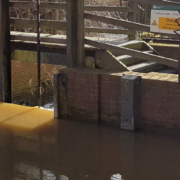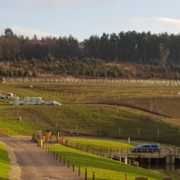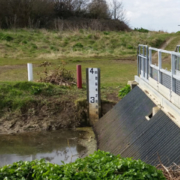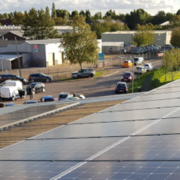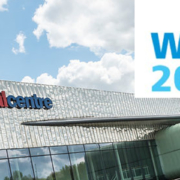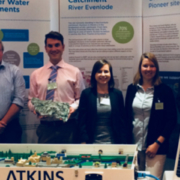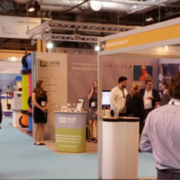Meteor in action at Wainfleet
Following the recent major flood incident at Wainfleet on the River Steeping Meteor technology has been in action to assist with ongoing management of the remediation works. MCE-MRC 3G cameras have been deployed to monitor the breach location whilst three MCE-ESNET2 Water Quality monitoring systems are in place to assess the river and surrounding channels. With the ability to be deployed quickly to remote locations and return reliable, accurate images and data in real time the systems are proving a valuable tool to the Environment Agency and other stakeholders.


